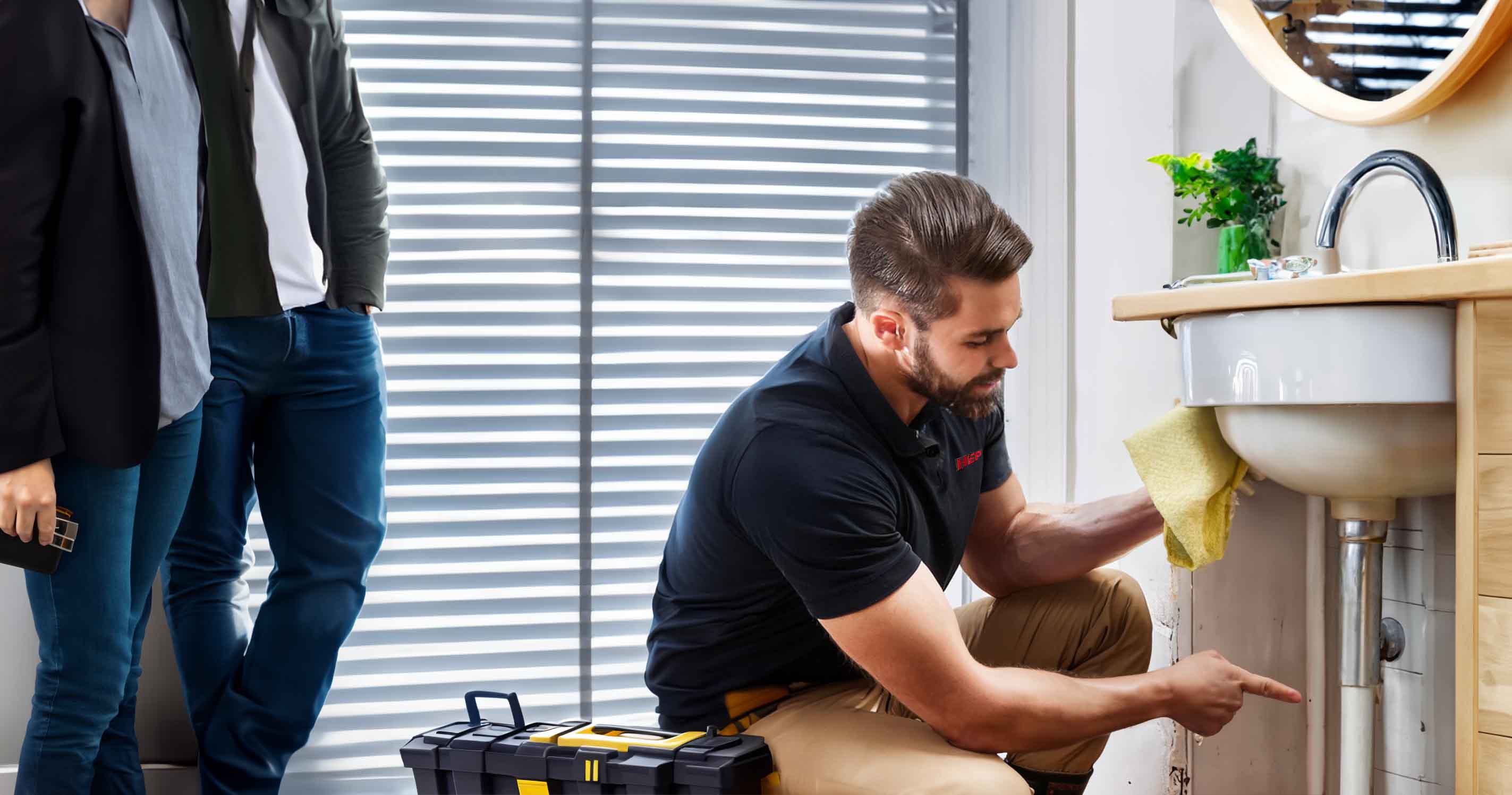

Water-efficient Model
Your trusted partner for professional home services. Quality workmanship, guaranteed satisfaction.




- HEP
- Water-efficient Model
Water-efficient Model | Toilet Upgrades and Replacements | Plumbing | Philadelphia
From South Philly rowhomes to historic brownstones in Germantown, HEP helps Philadelphia residents flush away high water bills with ultra-efficient toilets that combine modern engineering and timeless reliability. Our licensed plumbers replace clunky, water-guzzling fixtures with sleek, EPA WaterSense-certified models that can save thousands of gallons each year—without sacrificing performance. By tailoring options to your home’s unique plumbing system, we make it easy to shrink your utility costs and your environmental footprint in one quick visit.
Every project begins with a no-pressure consultation, ends with spotless cleanup, and is backed by our satisfaction guarantee. Whether you’re renovating a full bathroom or tackling overdue maintenance, our expert team handles all aspects of toilet upgrades and replacements so you can enjoy quieter flushes, lower bills, and a greener Philly—starting today.
FAQs
Why should I upgrade to a water-efficient toilet in Philadelphia?
Older toilets manufactured before 1994 can use 3–7 gallons per flush (gpf). Modern WaterSense-certified models are limited to 1.28 gpf or less and use advanced bowl-clearing designs, so you can cut bathroom water use by up to 60 %. With water and sewer rates continually rising in Philadelphia, most households recoup the cost of a high-efficiency replacement in 1–3 years through lower utility bills while also reducing the city’s overall demand on water treatment infrastructure.
How much water (and money) will I actually save?
The average Philadelphia family flushes about 5,000 times a year. Replacing a 3.5 gpf toilet with a 1.28 gpf model saves roughly 11,000 gallons annually. At current Philadelphia Water Department combined water-and-sewer rates (≈ $0.013 per gallon), that is about $140 every year—more if you have multiple older fixtures. High-efficiency dual-flush units can increase savings by letting you choose 0.8 gpf for liquid waste and 1.28 gpf for solids.
Are rebates or tax incentives available for high-efficiency toilets in Philadelphia?
As of 2024 the Philadelphia Water Department does not offer a standing rebate, but limited-time programs occasionally appear, especially for multi-family and commercial properties. EPA WaterSense toilets may qualify for federal tax advantages when bundled with broader efficiency upgrades, and some regional utilities (e.g., PECO energy-saving kits) include coupons for water-saving fixtures. Our office tracks all incentive programs; we’ll let you know if a rebate is active and provide the paperwork at installation.
Will a water-efficient toilet flush as well as my old 3.5 gpf unit?
Yes. Early low-flow models from the 1990s had performance issues, but today’s WaterSense designs use re-engineered trapways, larger flush valves, and accelerated siphon technology to clear the bowl in a single flush. Independent MaP (Maximum Performance) testing shows top models remove 800–1,000 g of waste—far above the 350 g everyday requirement. You get equal or better performance with much less water.
What is involved in a professional toilet replacement service?
1) Pre-Visit: We review your bathroom dimensions, flange height, and shut-off condition, then help you choose a WaterSense or dual-flush model that fits. 2) Removal: Our licensed plumbers shut off the supply, drain and unbolt the old toilet, and protect floors with drop cloths. 3) Inspection: We examine the flange and wax ring area for rot or corrosion and make repairs if needed. 4) Installation: The new toilet is set with a premium wax or wax-free seal, leveled, and anchored with stainless bolts; we connect a braided stainless supply line for leak-free service. 5) Testing & Cleanup: Every seam is pressure-checked, the bowl is test-flushed multiple times, and your old fixture is hauled away for eco-friendly recycling. Most swaps take 1–2 hours, with no need to shut off water to the entire home.
Do I need a permit to replace a toilet in Philadelphia, and do you handle code compliance?
Simple ‘like-for-like’ toilet replacements do not require a plumbing permit under the Philadelphia Plumbing Code, but any relocation of the drain line, new rough-in, or structural floor repair does. All fixtures must meet the city’s 1.6 gpf maximum—and WaterSense models easily comply. Our Master Plumbers are licensed (# PM*******), carry full insurance, and file any permits or inspection requests on your behalf to ensure your upgrade passes city code the first time.